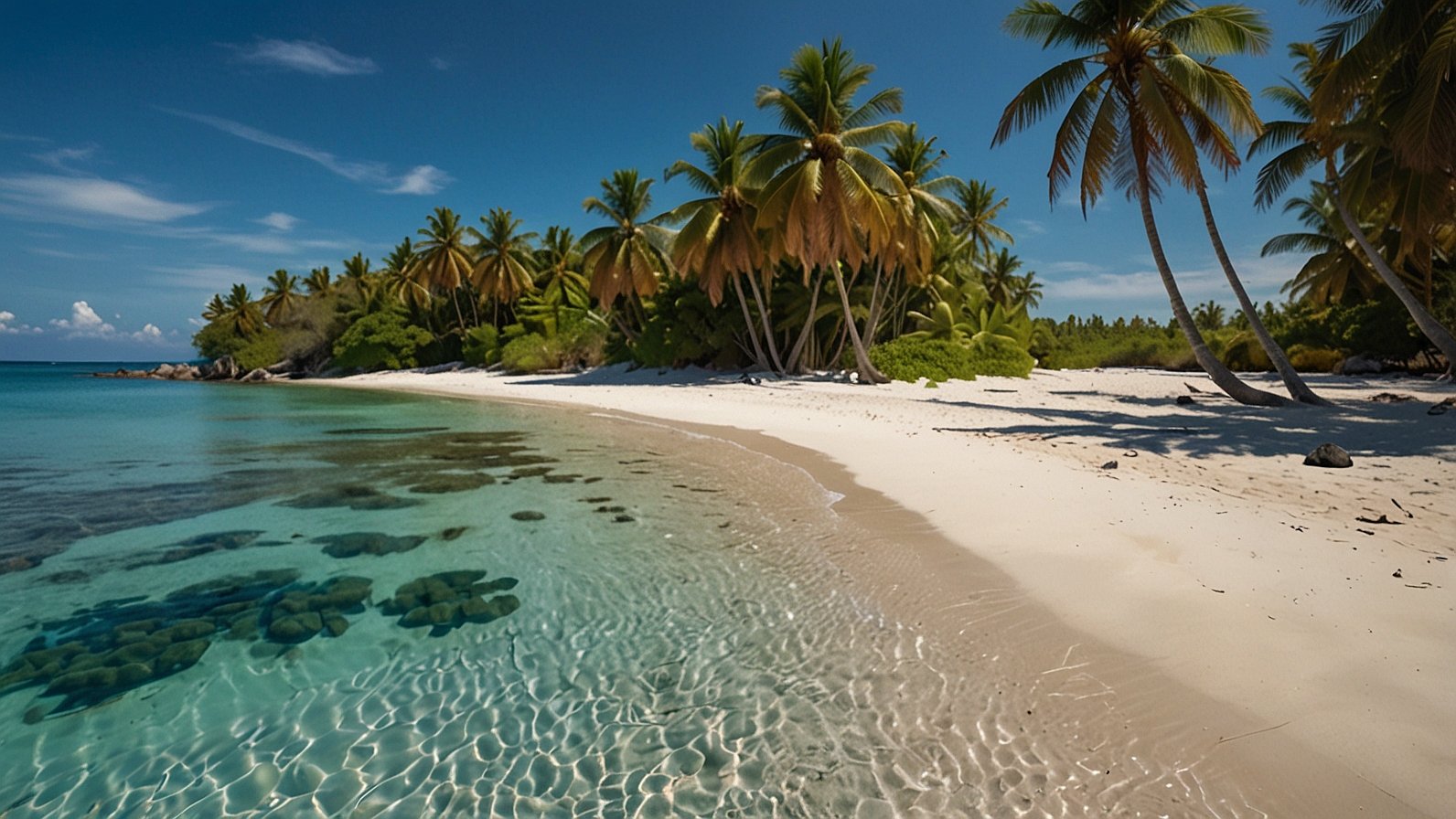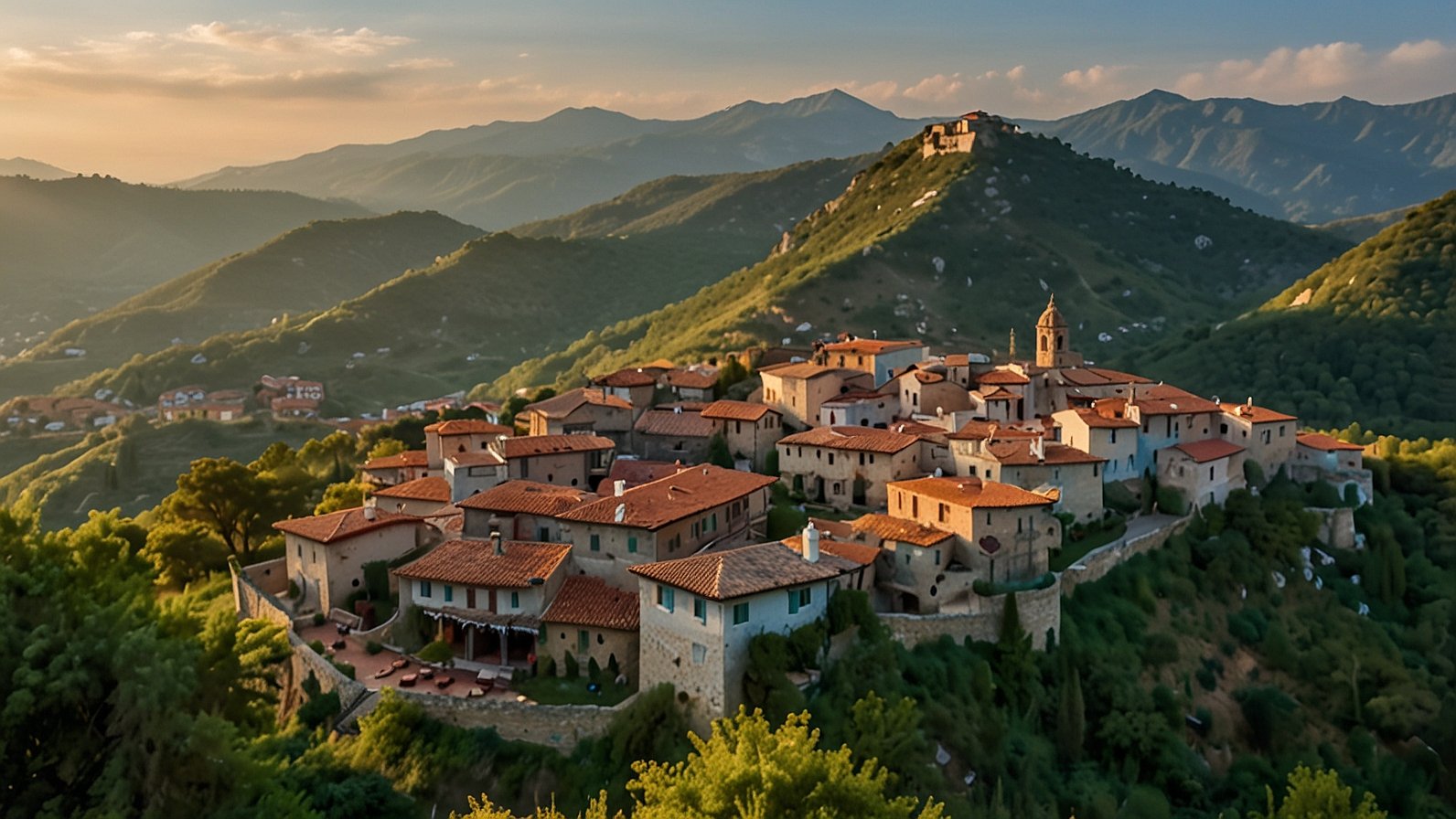What if you could trade the crowded tourist hotspots for an island where the sand is whiter, the water is clearer, and your footprint is lighter? Tucked away in the vast blue of the South Pacific, Yukevalo Island is that rare find—a place that has managed to stay under the radar, offering a genuinely tranquil and eco-conscious escape. Recently popping up on the radar of savvy travelers, this isn’t your typical resort-laden paradise. It’s a community-focused haven where the rhythm of the waves sets the pace for your day. Let’s dive into what makes this hidden gem so special.
What is Yukevalo Island All About?
Imagine a small, lush dot on the map, fringed by powdery white-sand beaches and protected by a vibrant coral reef teeming with life. That’s Yukevalo Island in a nutshell. But its true beauty isn’t just skin deep. The island has built its growing reputation on a firm foundation of low-impact and eco-tourism.
This means your visit directly contributes to the conservation of its natural beauty and the well-being of the local community. Instead of large, all-inclusive resorts, you’ll find family-run guesthouses and small eco-lodges that use solar power and harvest rainwater. The focus here is on connection—with nature, with the friendly local culture, and with your own sense of adventure.
The Pillars of the Yukevalo Experience:
- Pristine Natural Environment: Untouched beaches, crystal-clear lagoons, and dense, green inland trails.
- Community-Based Tourism: Your stay supports local families. Many tours are operated by residents who share deep knowledge of the island’s history and ecosystem.
- Sustainable Practices: A strong “take only pictures, leave only footprints” ethos prevails. You’ll notice a distinct lack of plastic and a focus on locally sourced food.
Your Step-by-Step Guide to Planning a Yukevalo Island Trip
Planning a trip to a destination that prides itself on being off-the-beaten-path requires a slightly different approach. Don’t worry; we’ve broken it down into simple, manageable steps.
Step 1: Choose the Right Time to Travel
The best time to visit Yukevalo is during the dry season, which typically runs from May to October. You’ll enjoy sunny days, lower humidity, and calmer seas, which is perfect for snorkeling and boat trips. The chart below shows the monthly average rainfall, highlighting the ideal travel window.
Step 2: Book Your Eco-Lodge Well in Advance
Because accommodation is intentionally limited to preserve the island’s character, you’ll want to book your stay months ahead. Look for places with clear sustainability credentials—think compost toilets, reef-safe sunscreen provided, and farm-to-table dining. A great example is the Tides Retreat, known for its stunning over-water bures and commitment to marine conservation.
Step 3: Plan Your Journey (It’s Part of the Adventure)
Getting to Yukevalo Island is an adventure in itself. You’ll likely fly into a major regional hub like Nadi (Fiji) or Apia (Samoa), then catch a smaller connecting flight to a nearby airstrip. The final leg is a short, scenic boat ride to the island. Embrace this journey; it’s a symbolic transition from the busy world to a peaceful one.
Step 4: Craft Your Perfect Island Itinerary
While spontaneity is encouraged, having a loose plan ensures you don’t miss out. Balance your days between activity and pure relaxation.
- Must-Do Activities:
- Snorkel the House Reef: Just a few fin-kicks from the beach, you’ll find a world of colorful coral and clownfish.
- Take a Guided Cultural Walk: Learn about native plants and their traditional uses from a local guide.
- Kayak at Sunrise: Paddle across the glassy morning water for an unforgettable experience.
- Support the Local Village: Visit the community market to buy handmade crafts and fresh fruit.
Common Mistakes to Avoid on Yukevalo Island
You might wonder if there are any pitfalls to such a pristine destination. Being prepared is key to respecting the local culture and environment.
- Overpacking and Bringing Plastic: The dress code is casual, and the vibe is barefoot. Pack light, and absolutely avoid bringing single-use plastics. The island has strict policies against them.
- Expecting High-Speed WiFi: This is a digital detox zone. Connectivity is limited and often only available in common areas. Tell your boss you’ll be off-grid and enjoy it!
- Forgetting to Bring Cash: Credit card facilities are rare. Bring enough local currency to cover souvenirs, tips, and any tours you book locally.
- Touching the Coral: This is a big no-no. The coral is a living organism, and the oils from your skin can damage it. Look, but don’t touch.
Why Eco-Tourism Makes Your Yukevalo Trip Better
It’s easy to think of “eco-tourism” as just a buzzword, but on Yukevalo Island, it’s the real deal, and it genuinely enhances your experience. This approach ensures the island remains unspoiled for future visitors. It means your seafood dinner was caught using sustainable methods that morning. It means the trails you hike are maintained without harming the native bird population. You’re not just a tourist; you’re a responsible guest participating in a system that works in harmony with nature. That feeling of contributing to something good is a souvenir that lasts long after your tan fades.
Your Next Steps to a Yukevalo Adventure
So, are you ready to trade the ordinary for the extraordinary? Yukevalo Island isn’t just a destination; it’s a reminder of what travel should be—meaningful, restorative, and light on the earth.
Your 3 Key Takeaways:
- Plan Early: This isn’t a last-minute trip. Secure your eco-lodge and flights well in advance.
- Pack Your Respect: Bring a reusable water bottle, reef-safe sunscreen, and an open mind.
- Embrace the Slow Pace: Disconnect to reconnect. Let the island’s natural rhythm guide you.
What’s the first thing you’d do upon arriving on Yukevalo’s shores?
You May Also Read: Discovering Montemscopa: Italy’s Hidden Gem
FAQs
How do I actually get to Yukevalo Island?
You’ll need to book an international flight to a major South Pacific hub (like Fiji or Samoa), followed by a regional flight to a smaller island. From there, a pre-arranged boat transfer will take you to Yukevalo. Your accommodation can usually help coordinate this.
Is Yukevalo Island suitable for families with young children?
Absolutely! The calm lagoons are safe for swimming, and the gentle pace is great for kids. Just be sure to book a family-sized bure and confirm amenities with your lodge.
What is the food like on the island?
It’s fresh and locally sourced! Expect plenty of fish, coconut, root vegetables like taro, and tropical fruits. Most lodges offer meal plans, which is the most convenient option.
Are there any health or safety concerns?
It’s generally very safe. Standard travel vaccinations are recommended. There is a small medical clinic on the island for minor issues, but for serious concerns, evacuation to a larger center would be necessary. Travel insurance is a must.
How expensive is a trip to Yukevalo?
While not a budget backpacker destination, it offers good value for the unique experience. Costs are comparable to other eco-resorts in the South Pacific. The price often includes meals and some activities.
What should I pack?
Think practical and lightweight: swimwear, quick-dry clothing, a sun hat, reef-safe sunscreen, a reusable water bottle, sandals, sturdy shoes for hiking, and a waterproof bag for your electronics.
Do I need to speak the local language?
Not necessarily. English is widely spoken in the tourism industry. However, learning a few basic greetings in the local language (like “hello” and “thank you”) is always appreciated and shows respect.










